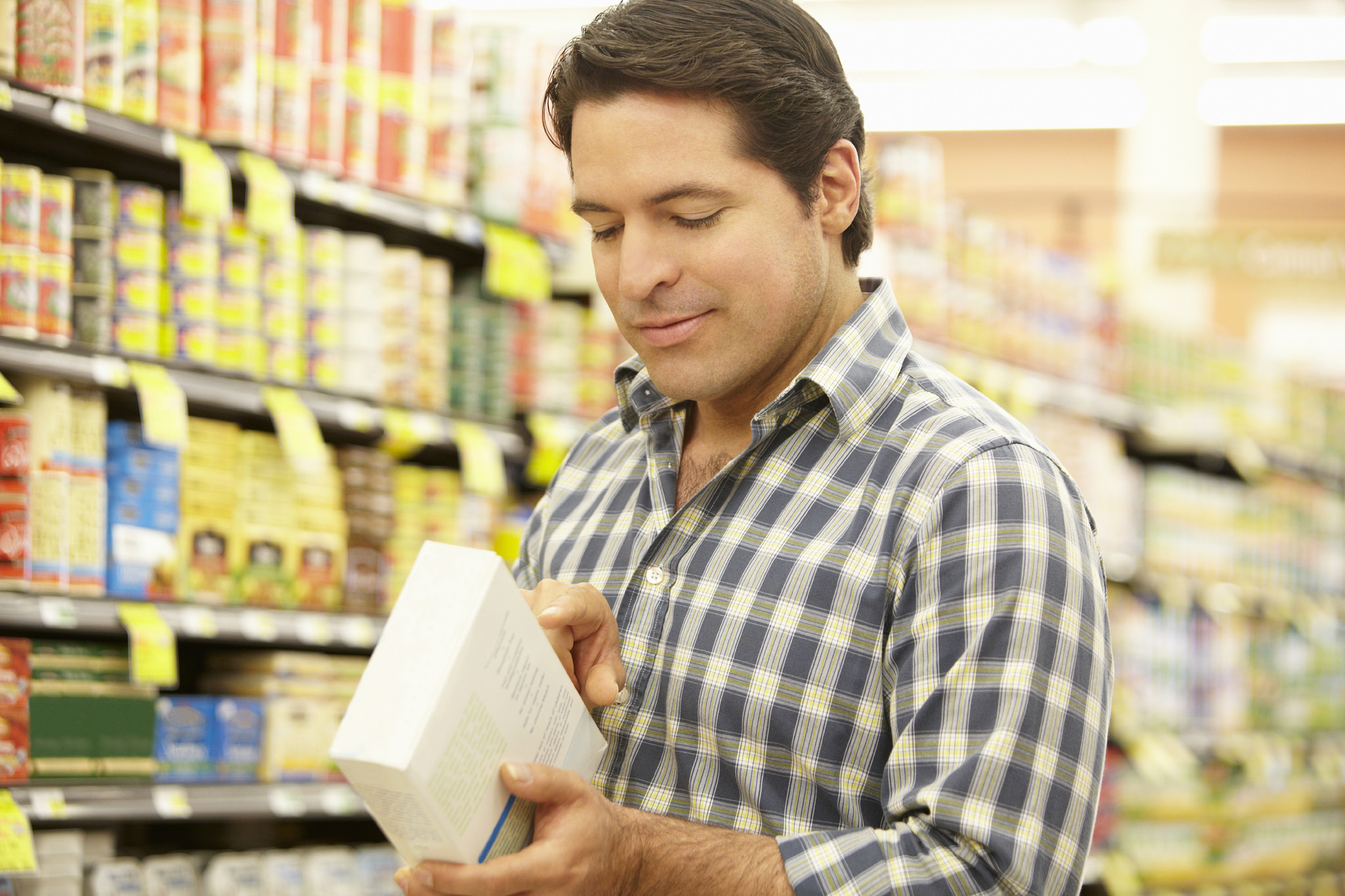Supermarkets can be a very overwhelming place. As soon as you walk in, you are bombarded with more food options than any person can efficiently pick from. And on those endless food products are countless labels claiming to be “organic”, “all-natural”, “non-GMO”, “0 Trans fat”, “farm raised”, etc. The list goes on and on. The problem? Most of these labels are not regulated.
This means that food companies can basically claim anything they want by putting these labels on their products since there is no FDA regulation when it comes to food labels. So what can we do to make sure we are actually buying the kinds of food that we want to eat?
Read the ingredients
Reading the ingredients on each item of food is probably the easiest way to tell if it is something you want to put in your body or not. Usually, the less ingredients, the better. The order of the ingredients also matters. The product that makes up the majority of the food item comes first and the ingredient that makes up the least appears last. For example, if sugar is the first ingredient, the product probably isn’t that healthy for you since there is more sugar than anything else in that food item. Another good rule to follow is based on how familiar you are with the ingredients. If a granola bar has a lot of ingredients you have never heard of before, it probably isn’t that healthy. Simple is best when it comes to ingredients. The longer more complicated an ingredient is to pronounce, the more likely it is some added chemical.
- Read the nutrition labels
- Reading the nutrition labels on your food is just as important as reading the ingredients list. The nutrition labels are great because they tell you the serving size and what percentage of your daily values the food item will be for things like calcium, fat, and essential vitamins. The daily value percentage tells you what percent of your daily allowance for each category will be consumed when you have a single serving. Be on the lookout for the amount of sugar in your food, however, since a daily value percentage is not given for given for sugar. By looking at nutrition labels, you can compare products and determine if a product is actually “healthy” or not.
- Buy locally
- Buying locally is important not only for the environment, but also for your health. The closer your food is produced and sold to your home, the more likely it is to be fresh and preservative free. Buying locally means your food doesn’t have to travel hundreds of miles before it reaches your table. Therefore less chemicals and preservatives are needed to keep the item fresh. Buying locally means you are also more likely to purchase from small farmers who are less likely to use genetically modified food than big farming corporations. Buying locally also means boosting the local economy. Farmers markets are a great place to purchase cheap, local food.
- Stay away from (most) prepackaged foods
- The problem with prepackaged foods and processed foods is that you can never quite be sure what is in them. Packaged foods are more likely to have a long ingredient list made up of mystery ingredients. Making foods from scratch is the easiest way to be aware of what you are consuming. Try making your pasta sauce from scratch to avoid unwanted ingredients. Make a homemade soup with only a few raw vegetables and some homemade chicken broth. Not only is cooking all your food from scratch a great way to be more aware of what you are eating, it is also loads of fun!
Written by Alyssa Lemire, Class of 2017
Photo Source: U.S. Department of Agriculture




